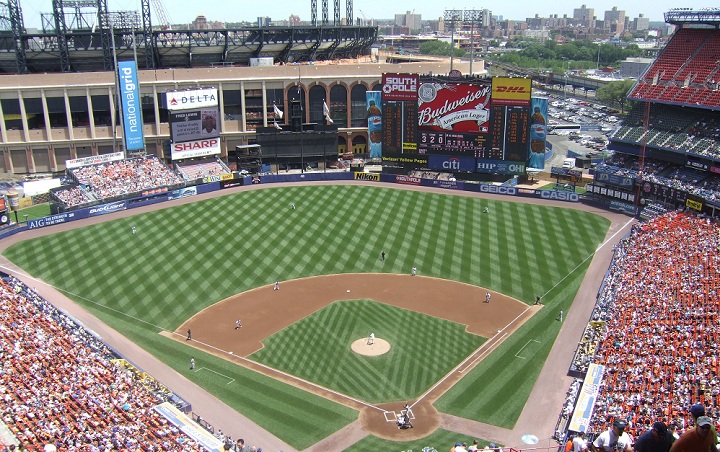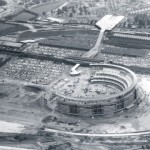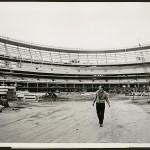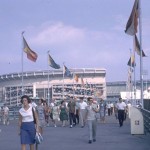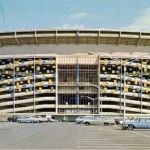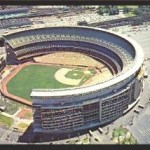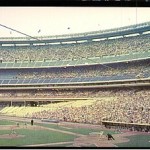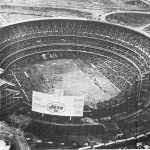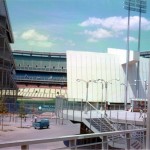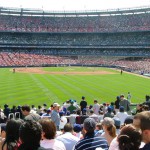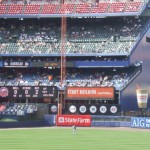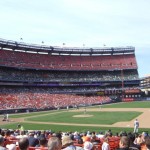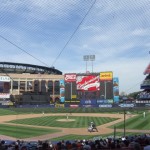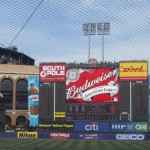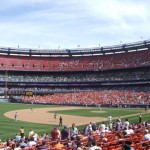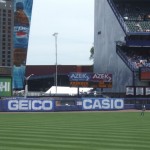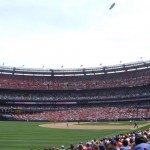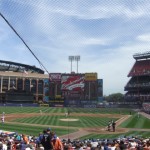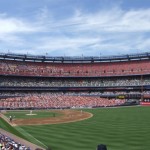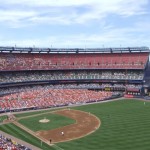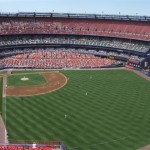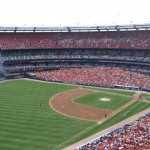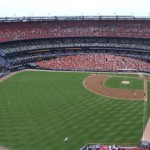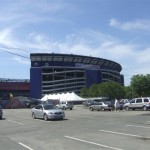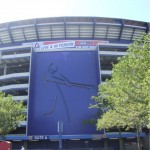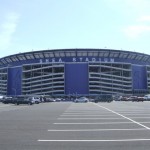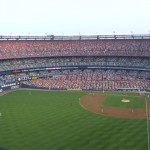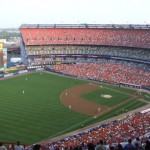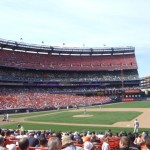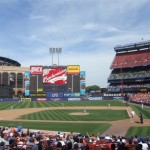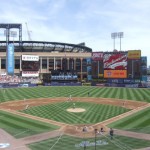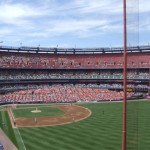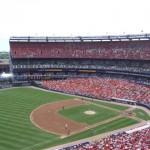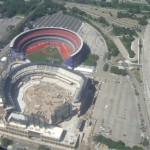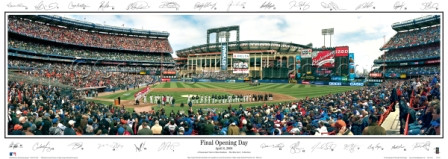With Shea Stadium’s demolition after the 2008 season, it may not be remembered for anything except for the constant sounds of planes flying overhead. For more than a decade there were discussions that a new stadium may be built in Queens. Owner of the Brooklyn Dodgers, Walter O’Malley began to develop plans for a new stadium to replace Ebbets Field in the late 1940s. O’Malley wanted to construct a new ballpark in Brooklyn, keeping the Dodgers in the neighborhood. However, the Dodgers could not secure land here. New York City official opposed the plan for a new ballpark in Brooklyn, but offered land in Queens. The Dodgers balked at this proposal and moved to Los Angeles after the 1957 season. With the Brooklyn Dodgers and New York Giants move to California, the New York metropolitan area had only one baseball team after 1957. That soon changed when New York City Major Robert Wagner appointed William A. Shea, and four other lawyers to acquire a National League franchise for the city. Shea first tried to lure the Reds, Pirates or Phillies to New York but failed. In 1958, Shea started the Continental League, that led MLB to award New York and Houston franchises to begin playing in 1962. The primary reason the Giants and Dodgers left New York City was because they wanted a new stadium.
| MEMORABLE MOMENTS AT SHEA STADIUM |
|
In order for the city to be awarded an expansion franchise, a new stadium had to be built. On October 28, 1961, ground was broken on a new stadium for the New York Mets in Queens. Unfortunately, the Mets had to play in the antiquated Polo Grounds for two years while their new stadium was under construction. Originally to be called Flushing Meadows Park, the stadium was renamed in honor of William A. Shea, thus getting its name Shea Stadium.
The New York Mets played their first game at Shea Stadium on April 17, 1964 when they lost to the Pittsburgh Pirates. The five tiered stadium seated 55,601 fans. It was the first stadium of its size to have an extensive escalator system, being able to convert from a football gridiron to a baseball diamond by two motor operated stands, not having light towers and in which every seat was directed at the center of the field. After more than 1.7 million fans filled Shea Stadium in 1964 officials announced plans to add 15,000 seats and add a dome. However studies showed that the stadium pilings could not hold a dome, therefore the idea was dropped.
The New York Yankees played at Shea Stadium from 1974-1975, while Yankee Stadium was renovated. With the exception of seats being replaced over the years, very few changes have taken place at Shea Stadium. Prior to the 1987 season, large blue windscreen panels with neon artwork of baseball players were installed. Also 50 club suites were added to the press level of the stadium. The original 175ft. wide by 86ft. high scoreboard in right field was updated and replaced in 1988. Shea Stadium was an enjoyable place to watch a baseball game, with the exception of the airplanes landing and taking off at the nearby LaGuardia Airport. Most fans took the 7 Train to the Shea Stadium stop to get to games. Once off the subway fans could get a glimpse of the stadium from the outside. Inside the ballpark, fans saw a massive super structure consisting of five seating decks that stretched from the left field foul pole to home plate and to the right field foul pole. The Mets Magic Hat was located behind the center field fence. When a Mets’ player homered, an apple rose out of the hat. A small set of bleachers were located behind the left field fence, along with a Diamond Vision video screen. After the 2004 season, the Mets replaced the old Diamond Vision video board, replaced 1,600 field level seats and added two ribbon boards. In April 2006, the Mets unveiled plans for a new ballpark, Citi Field, that was constructed in the parking lot beyond centerfield. The 2008 season marked the Mets 45th and final year at Shea Stadium. On September 28, 2008 the Mets played their final regular season game at Shea Stadium against the Florida Marlins. Shea Stadium was demolished after the season and is used for parking for Citi Field.

